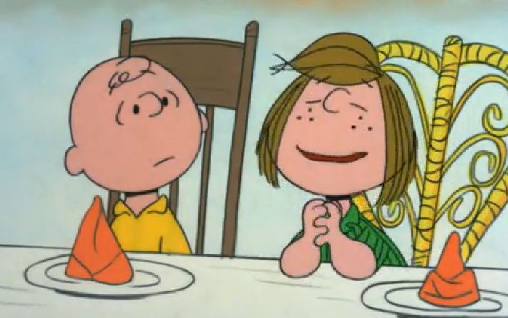The woke Social Justice Warriors were out in full military regalia after watching a Charlie Brown Thanksgiving that originally aired in 1973. Franklin Armstrong, the only black child featured in the animated feature is sitting in a lawn chair alone on one side of the table. To the woke crowd, this is racism pure and simple because, as you know, everything is racist.
I guess not having a “person of color” at the impromptu Thanksgiving celebration would have been better.
The Wokesters and the Capitulators can’t leave well enough alone.
A new “Peanuts” special focusing on the comic strip’s first Black character, Franklin Armstrong, addresses a controversial scene from the 1973 special “A Charlie Brown Thanksgiving.”
The new special, titled “Snoopy Presents: Welcome Home, Franklin,” was just dropped on Apple TV+ over the weekend, addressing the controversial scene where Franklin is shown sitting on one side of the dinner table while the rest of the guests sit on the opposite side. In the new special, all the Peanuts characters are shown rallying around Franklin at the same dinner table.
I think what really triggered them, but they’re not saying, was that there was a call for prayer and the mention of God.
“Are we going to have a prayer?,” Peppermint Patty asks. “It’s Thanksgiving you know. Before we’re served shouldn’t we say grace?
Then Linus’ retells the first Thanksgiving that includes a prayer from the minister William Brewster:
We thank God for our homes and our food and our safety in a new land. We thank God for the opportunity to create a new world for freedom and justice.
Peppermint Patty concludes the prayer with, “Amen.”
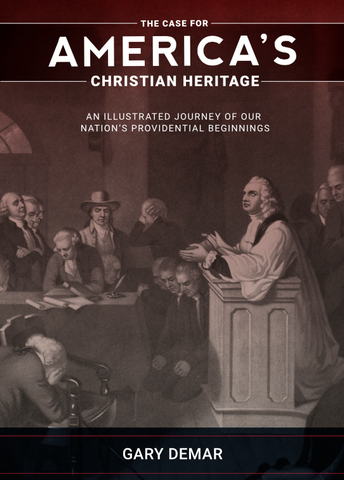
The Case for America's Christian Heritage
America’s original founding was rooted deeply in the things of Jesus Christ and His kingdom. The original charter given to Sir Walter Raleigh by Queen Elizabeth I in the 16th century was to establish “the true Christian faith.” John Rolfe at Jamestown sought to “advance the Honor of God and to propagate his Gospel.” The faithful Christians who wrote the Mayflower Compact stated that their mission was “for the Glory of God and advancements of the Christian faith.”
Buy NowThe colonizers and slavers invaded a land where there was a burgeoning utopia of native peoples! I’m surprised those issues had not been brought up when the controversy about Franklin first arose in 2018. Give them time. There will be more things wrong they can complain about. For example, “Students in a Seattle English class were told that their love of reading and writing is a characteristic of ‘white supremacy,’ in the latest Seattle Public Schools high school controversy.”
It’s true that Franklin is sitting on one side of the table alone in a lawn chair. Maybe he wanted to sit in the lawn chair. Maybe he thought it was more comfortable than the other chairs. Maybe all the children wanted to be able to talk to their new friend face-to-face. There are some scenes that show several different seating arrangements. This one shows them about to sit at the table. There is no lawn chair but quite a few other chairs.

Then there’s this one with two chairs on the same side of the table where Franklin is sitting:
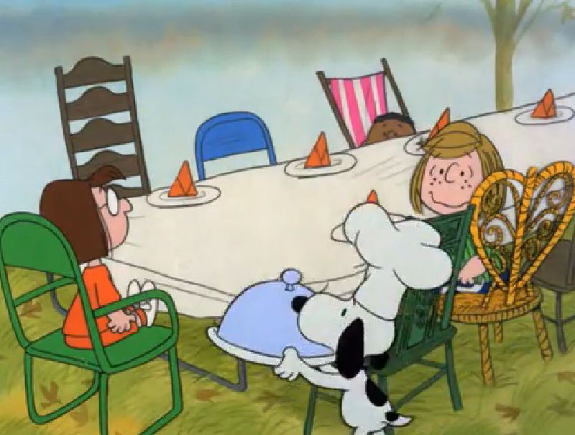
I don’t know how to explain the different seating arrangements. I doubt anyone knows.
If you know anything about the Peanuts’ characters, then you should know something about the social dynamics of the characters. Here it is from a post on Twitter. She explains everything:
The fact that Peppermint Patty, who invited herself and Franklin to a Thanksgiving dinner that Charlie Brown had not planned, should have encouraged the SJWs.
Charles Schulz was an early advocate of civil rights. The Franklin character was added to the comic strip on July 31, 1968, three months after the assassination of Martin Luther King, Jr., that happened on April 4th of that same year in Memphis, TN.
It all happened because of a letter that Harriet Glickman wrote to Charles Schulz:
Martin Luther King Jr. had been dead 11 days.
His assassination fresh on her mind, Harriet Glickman, a teacher raising three kids in suburban Los Angeles, sat down at her typewriter.
His assassination fresh on her mind, Harriet Glickman, a teacher raising three kids in suburban Los Angeles, sat down at her typewriter.
“Dear Mr. Schulz,” she wrote, “since the death of Martin Luther King, I’ve been asking myself what I can do to help change those conditions in our society which led to the assassination and which contribute to the vast sea of misunderstanding, hate, fear and violence”…
Glickman thought the creator of the popular Peanuts comic strip could play a small part in promoting tolerance and interracial friendship by including a black character in his strip.
She sent off the letter, not expecting a reply.
Schulz did write back, to say he had considered her suggestion. But he worried that if he created such a character, black parents might think he was condescending to their families.
With Schulz’s permission, Glickman asked two of her black friends to send him some ideas on how to make a black character relatable.
A few weeks later, the cartoonist responded.
“You will be pleased to know that I have taken the first step in doing something about presenting a Negro child in the comic strip during the week of July 29,” Schulz said. “I have drawn an episode which I think will please you.” (NPR)
Below is a copy of the beautifully written letter that Harriet Glickman sent to Charles Schulz:
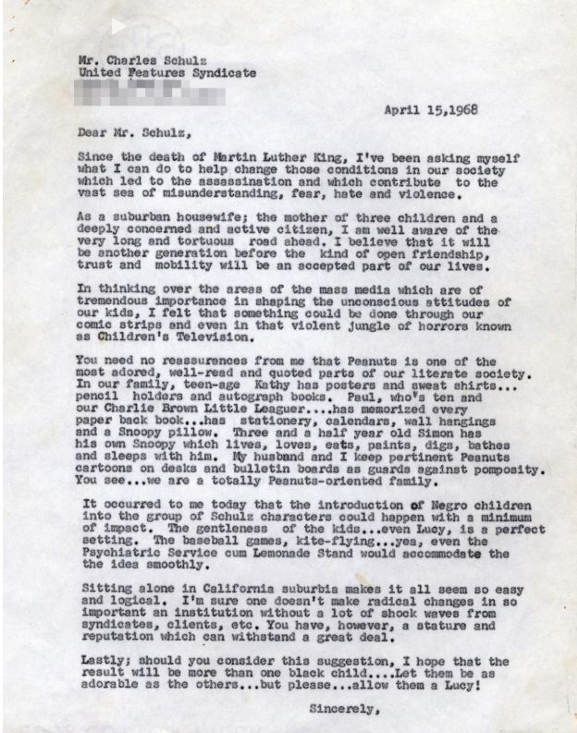
Now back the “racist” Charlie Brown Thanksgiving. There’s Charlie Brown shaking hands with Franklin when he enters the house.
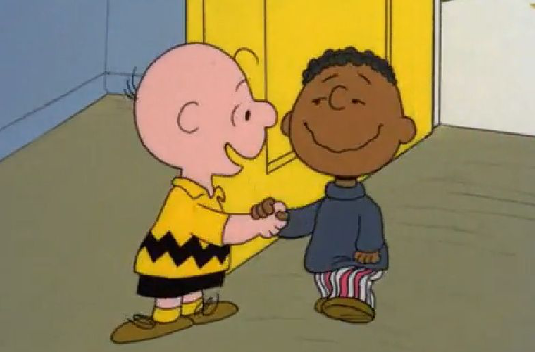
After the impromptu Thanksgiving dinner at Charlie Brown’s house, they headed off to his grandmother’s condominium. Notice that Franklin is one of the invited guests.

It doesn’t take a lot of effort to figure out that there wasn’t anything racist about Charlie Brown’s Thanksgiving when it was produced and debuted in 1973. Look out for a rewrite of The Grinch Who Stole Christmas. He’s green. The radical environmentalists will want his color and name changed because it gives the impression that the green Grinch implies negative attitudes to the Green Movement.
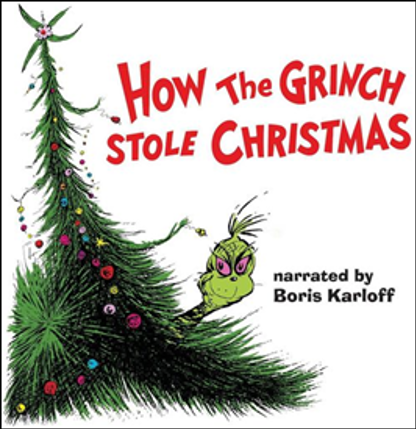
To add insult to injury, Boris Karloff, who played Frankenstein’s monster, narrated it. Another negative association of the Green New Deal.
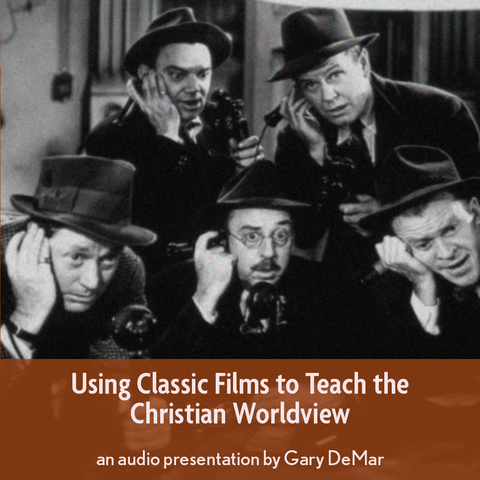
Using Classic Films to Teach a Christian Worldview
In this talk, Gary DeMar makes the point that classic movies are excellent teaching tools for a Christian worldview—for children and adults. Classic movies are often heavily dialogue-based, which provides a necessary counterpoint to the visually stimulating and soundbite-driven modern method of moviemaking. Real life is about real conversations, and classic movies provide a great virtual training ground for thinking and living in the real world of ideas and consequences. Also includes illustrated PDF ebook that helps to reinforce and explain the concepts discussed in the lecture.
Buy Now
